The next front line? Putin’s war threatens Moldova as string of attacks rock Transnistria
Tensions soar in the pro-Russian breakway region as Moscow and Kyiv trade blame for explosions while fears grow that the enclave will be dragged into the war, reports Amanda Coakley

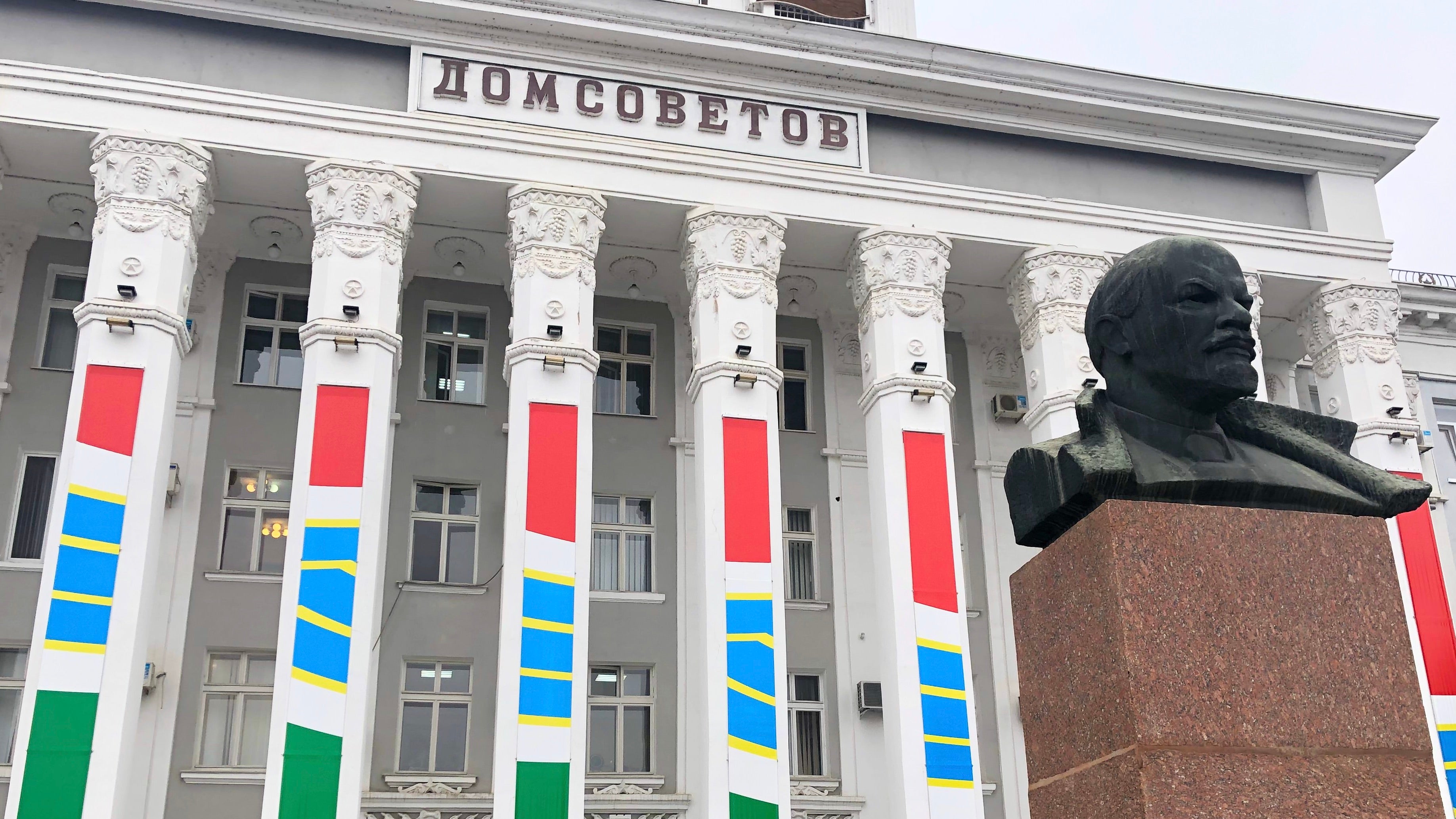
The Russian-backed separatist enclave of Transnistria was rocked by a series of mysterious attacks this week, raising concerns that Moscow’s invasion of Ukraine could spread to Moldova and establish a new front in the war.
Internationally recognised as part of the Republic of Moldova, Transnistria’s leadership announced on Monday that the state security headquarters in the region’s self-declared capital, Tiraspol, had been the target of an RPG attack.
In the following days, two key communication towers were blown up in the region, while Transnistria officials accused Ukrainians of flying drones over and firing shots at the village of Cobasna, which houses an ammunition depot containing 22,000 tons of heavily guarded Soviet military equipment.
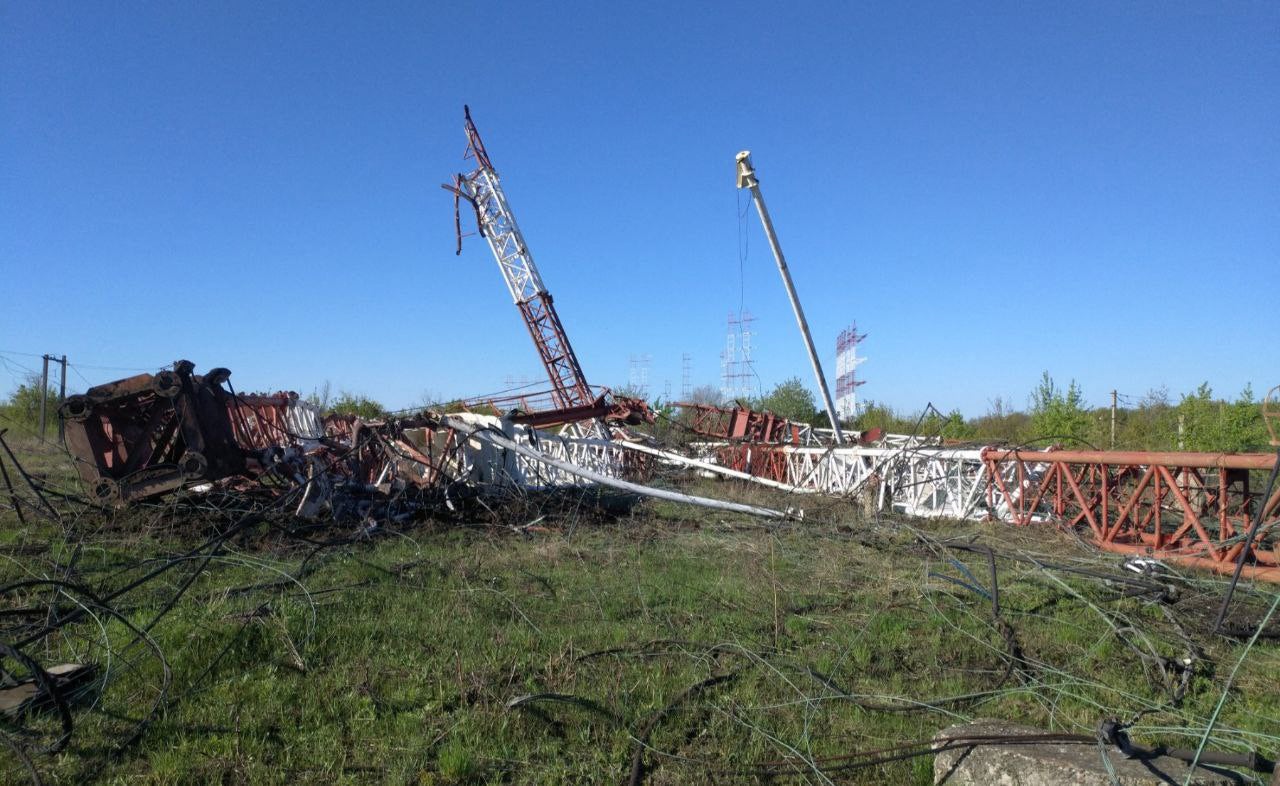
The incidents have not only rattled the nerves of the territory’s approximately 350,000 residents, but heightened tensions between the Moldovan government and Transnistria’s leadership, who have enjoyed a functioning relationship since a five-month civil war in 1992 carved up the country.
In Chisinau, the capital of Moldova, the country’s president, Maia Sandu, said intelligence reports suggested that the attacks were the work of rogue groups within the territory, a claim dismissed by Tiraspol as “blatant nonsense”.
“Clearly the Moldovan side is playing its own specific game,” said Vitaly Ignatiev, the de facto foreign minister of Transnistria. He also announced that the region’s government had no plans to seek military assistance or weapons from Russia.
Moscow has blamed Ukraine for the attacks, and said it wants to avoid a scenario in which it has to intervene in Transnistria. Kyiv has accused Russia of trying to orchestrate a false-flag operation in order to drag the region into the war and use it as a launchpad for wider assaults.
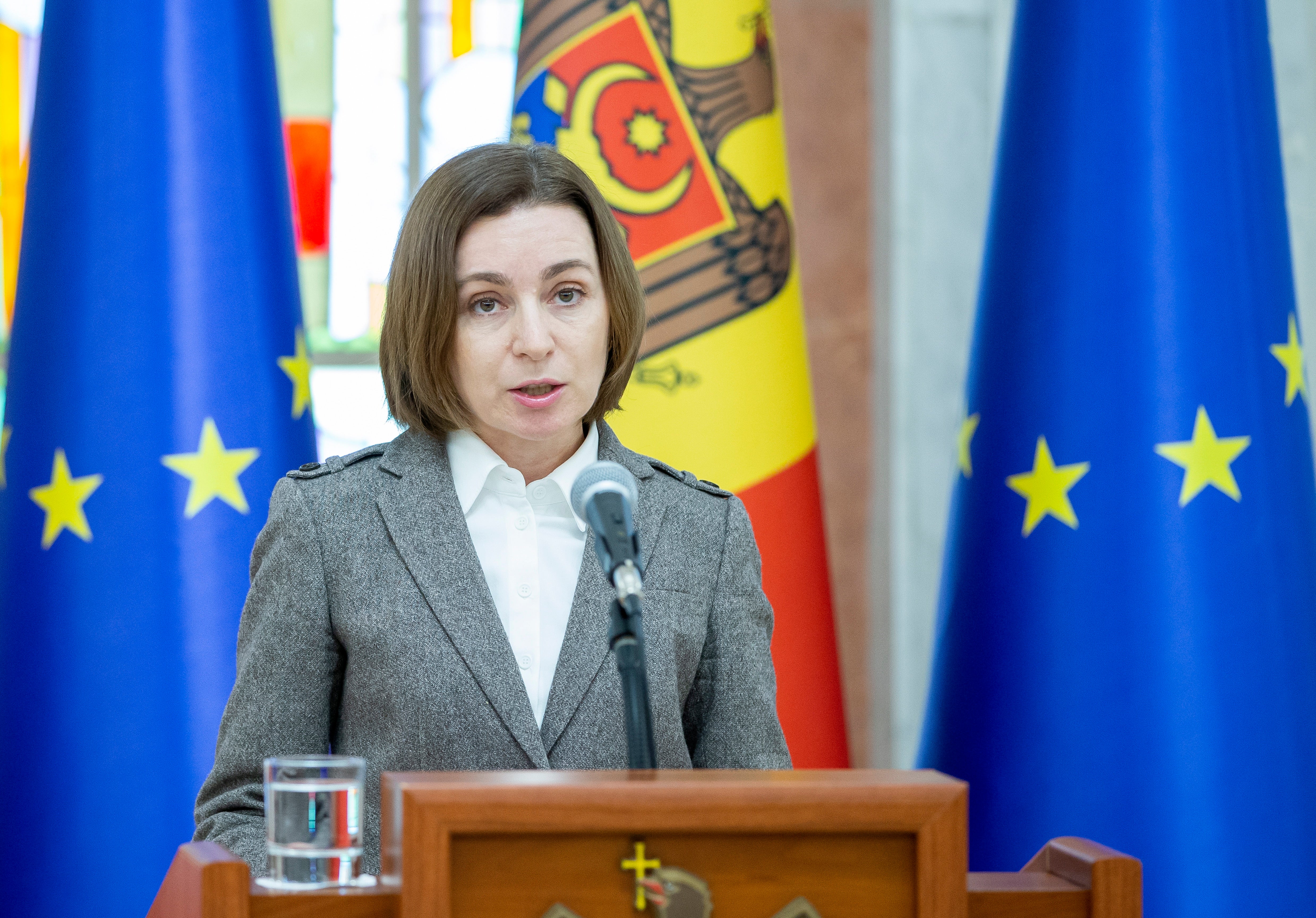
“The level of concern is growing, as well as the public anxiety, but at the same time Moldovans have lived side by side with this frozen conflict for years,” Moldova’s deputy speaker, Mihail Popsoi, told The Independent.
“In the Transnistrian region of Moldova, the more belligerent parties are against the more peaceful groups. The pressure is on them to align more with Russia. So far, the so-called leadership in Tiraspol does not seem inclined to be part of any escalation.”
Since Vladimir Putin ordered his invasion in late February, Transnistrian authorities have been wary of voicing any opinion on the war.
Moldova has never had so many overlapping crisis in its history
Although the streets of Tiraspol are decorated with Russian flags and statues of Soviet hero Vladimir Lenin, the territory’s economy depends on trade with Chisinau and the European Union.
According to figures released by the Transnistrian customs authority, the EU accounted for 39 per cent of its exports in the first quarter of 2022, while goods sent to Russia accounted for only 6 per cent.
Improved economic ties have been part of the international community’s strategy to cool tensions in the region. When Moldova signed an Association Agreement with Brussels in 2014, Transnistria was quietly allowed to benefit from it as long as its companies were registered on Moldovan territory.
On the other hand, Tiraspol receives free natural gas from Russia, and is dependent on Moscow for crucial pension subsidies to keep its economy afloat.
This delicate balancing act is pushing Transnistria into uncharted waters, a reality exacerbated by comments last week from the acting commander of Russia’s central military district, Rustam Minnekaev, who said one of the Kremlin’s war aims was to create a corridor to Transnistria to prevent the “oppression of the Russian-speaking population”.
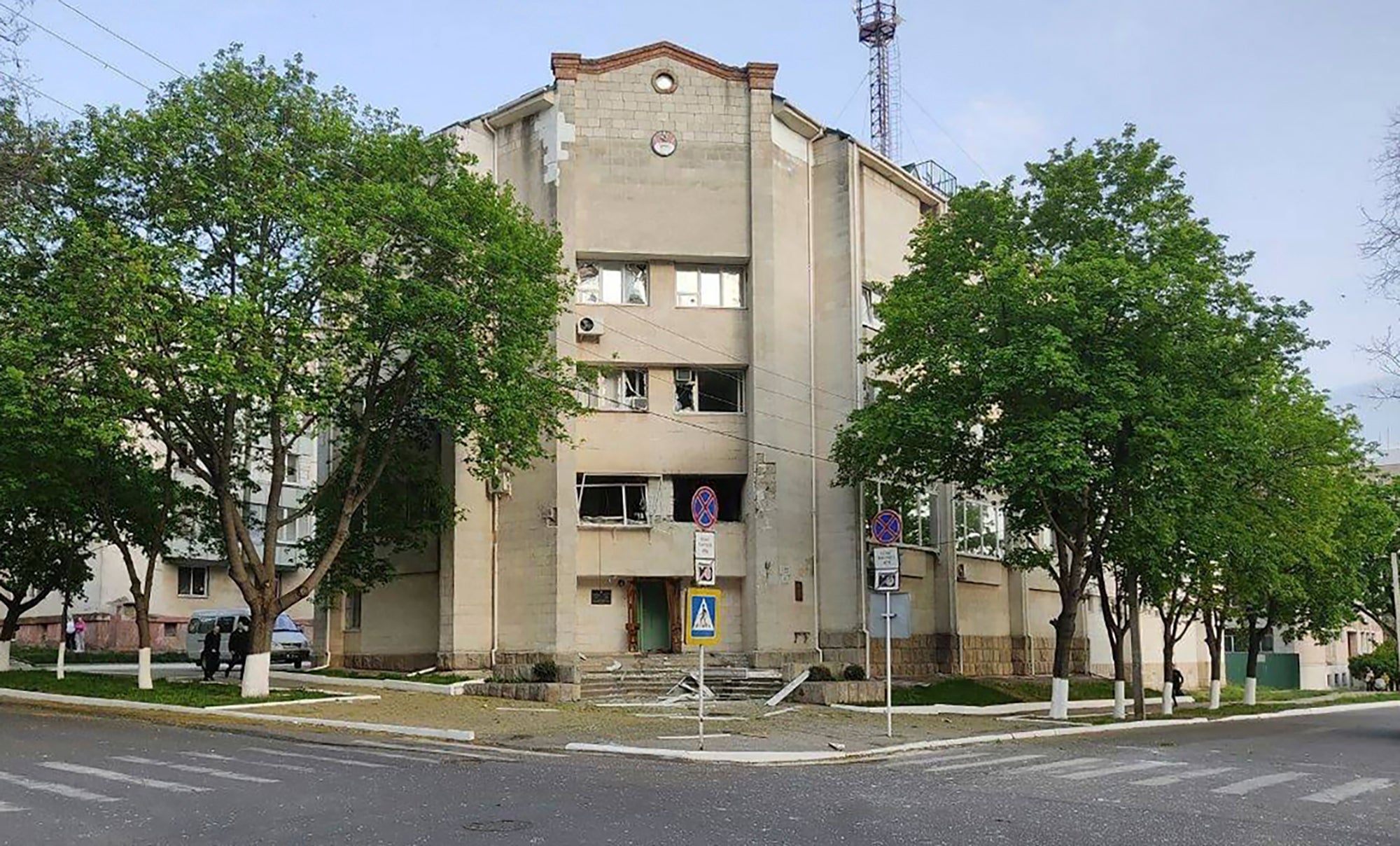
Since 2002, the Kremlin has issued more than 200,000 passports to Transnistrians as part of its “passportisation” policy across the former Soviet countries. Regardless of this, Russia does not recognise Transnistrian sovereignty, although it is recognised by the fellow breakaway states of South Ossetia, Artsakh, and Abkhazia.
“It’s complicated to estimate the Russian commander’s declaration, but everyone in Tiraspol is waiting to see the results of the operation in Donbas before assessing further,” a former Transnistrian politician told The Independent on condition of anonymity.
“In relation to the recent attacks, it’s obvious these are coming from Ukraine,” they added.
Ukrainian intelligence has claimed otherwise. This week, reports from Kyiv suggested that Russia was preparing to conduct a missile strike on the breakaway territory and implicate Ukrainian forces.
Around 500 Russian peacekeepers have been stationed in Transnistria since a ceasefire agreement was signed in 1992 to end the active phase of the civil war. In addition, approximately 1,000 Russian military personnel have stayed in the territory to protect the Cobasna base – a reality that has continually irked Chisinau, which has long called for their removal.
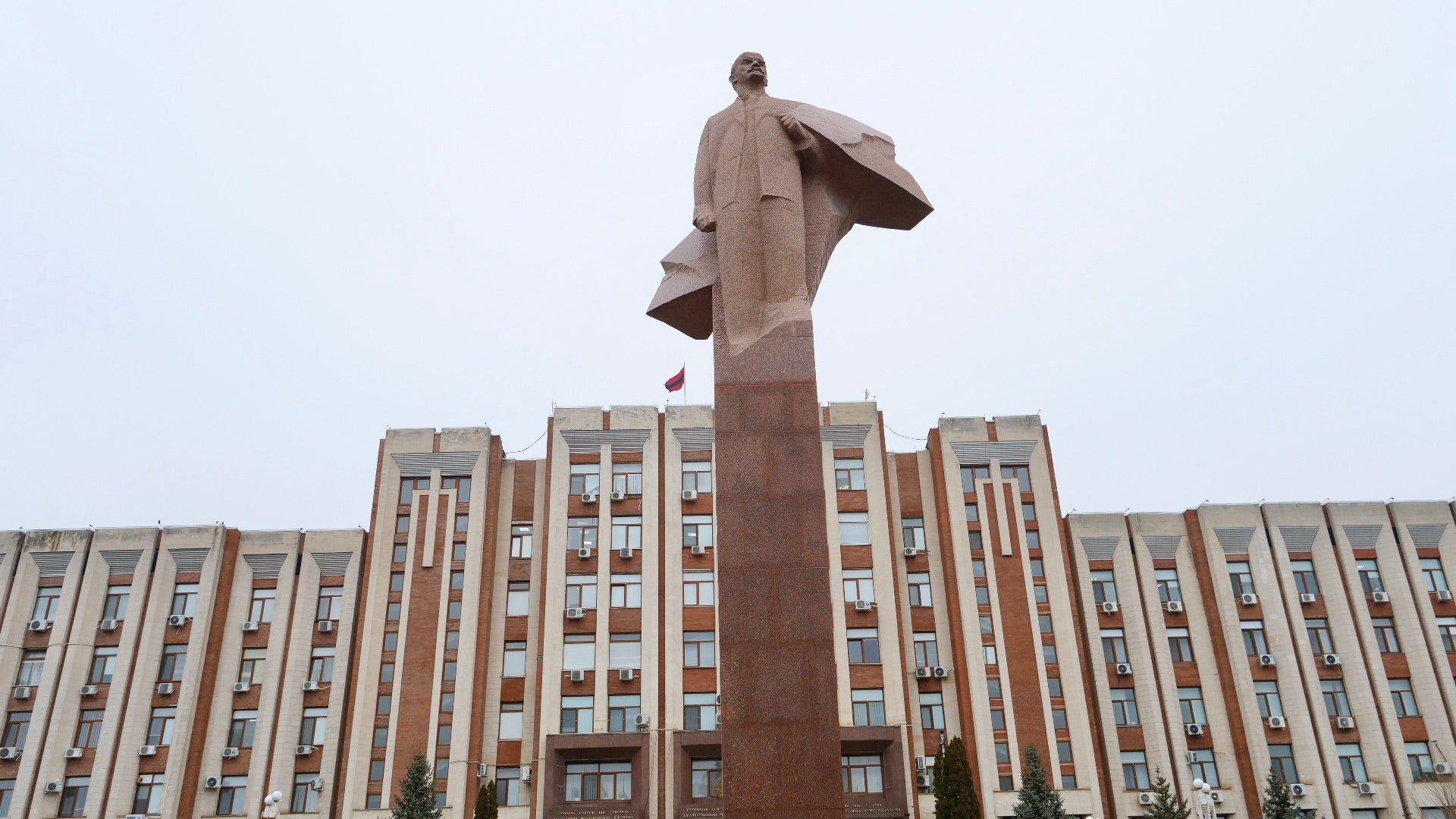
It is believed that the Transnistrian military consists of 4,000 active troops. In comparison, the Moldovan army is around 6,000-strong. While analysts suggest that the chance of active conflict returning to the country is still low, destabilising Transnistria would present a new threat to Nato via Moldova’s neighbour Romania, which is a member of the alliance.
“Moldova has never had so many overlapping crises in its history,” said Vadim Pistrinciuc, a former Moldovan politician and the founder of the country’s Institute for Strategic Initiatives.
“But the international community needs to remember we have been living with Transnistrian insecurity for decades. What we are seeing now is an increase in the number of people [in Moldova] who want Moldovan reunification with Romania.
“You don’t need a PhD to understand why: it has a big army and Nato protection. Whether that can happen isn’t up to us; it’s the EU, the US and Nato who would ultimately decide. But if the option was presented today, I think many Moldovans would be in favour of it.”






Join our commenting forum
Join thought-provoking conversations, follow other Independent readers and see their replies
Comments